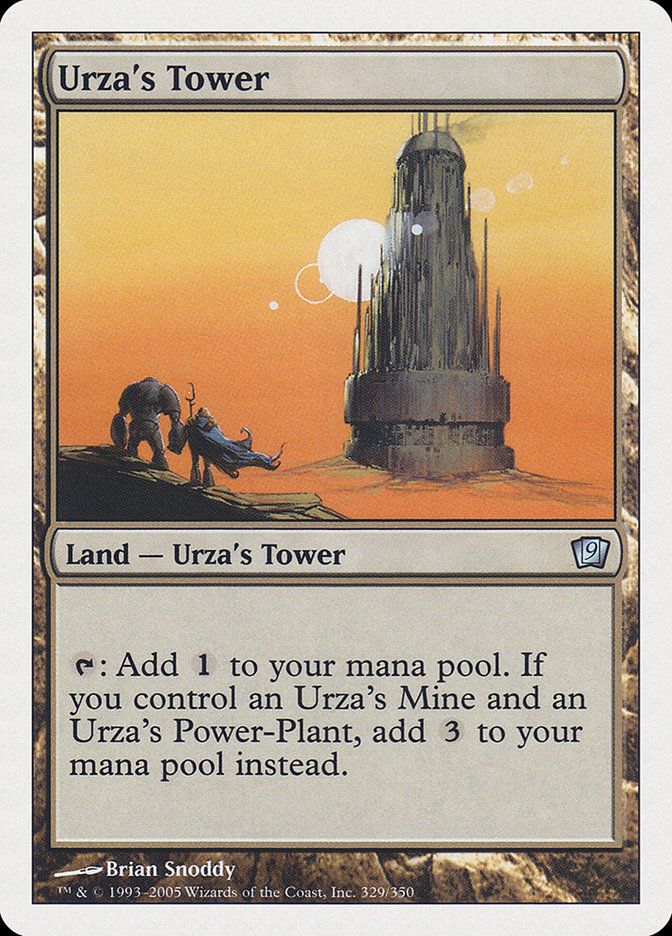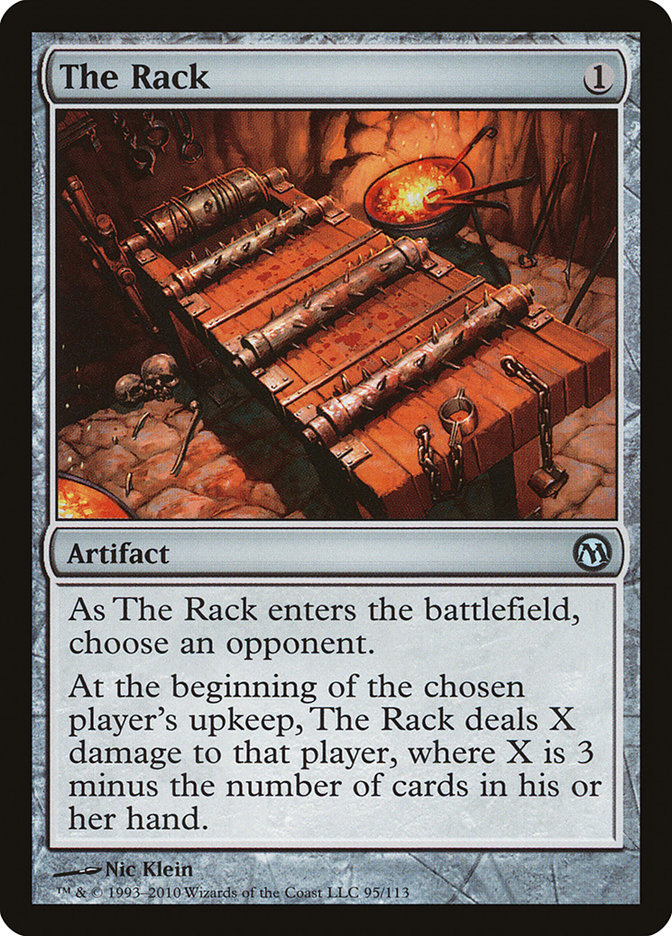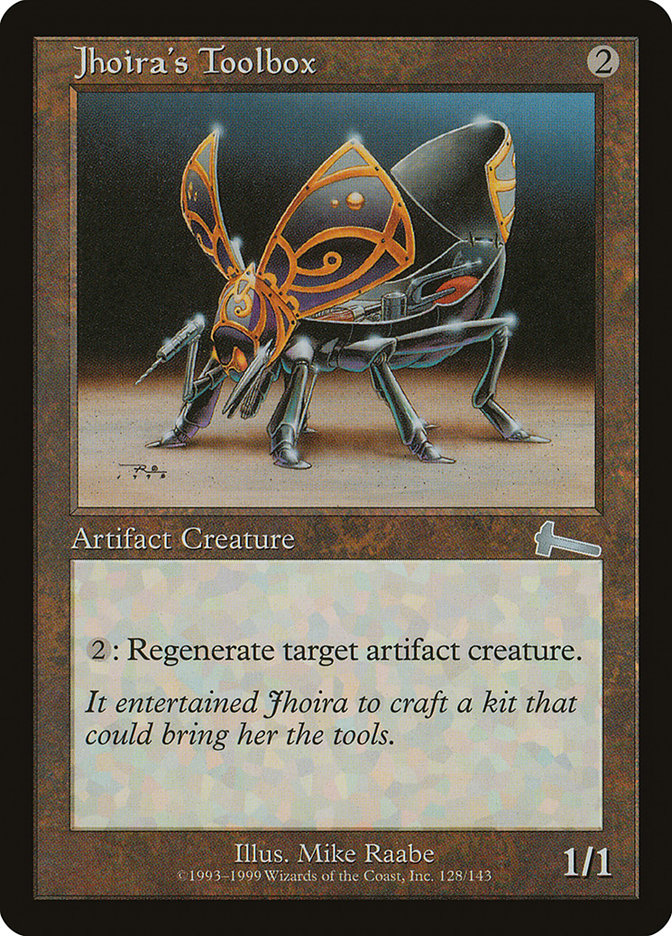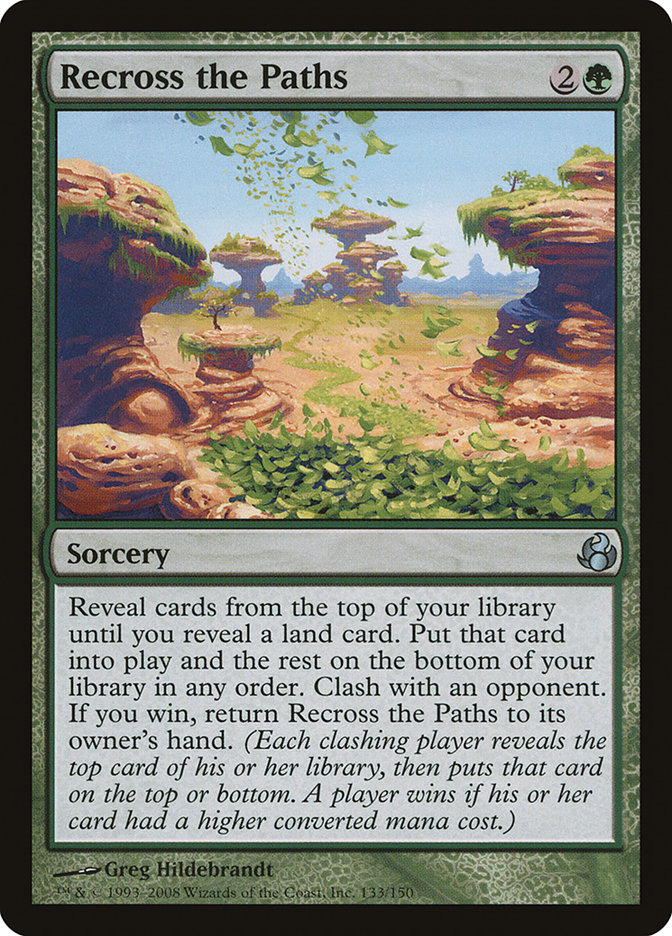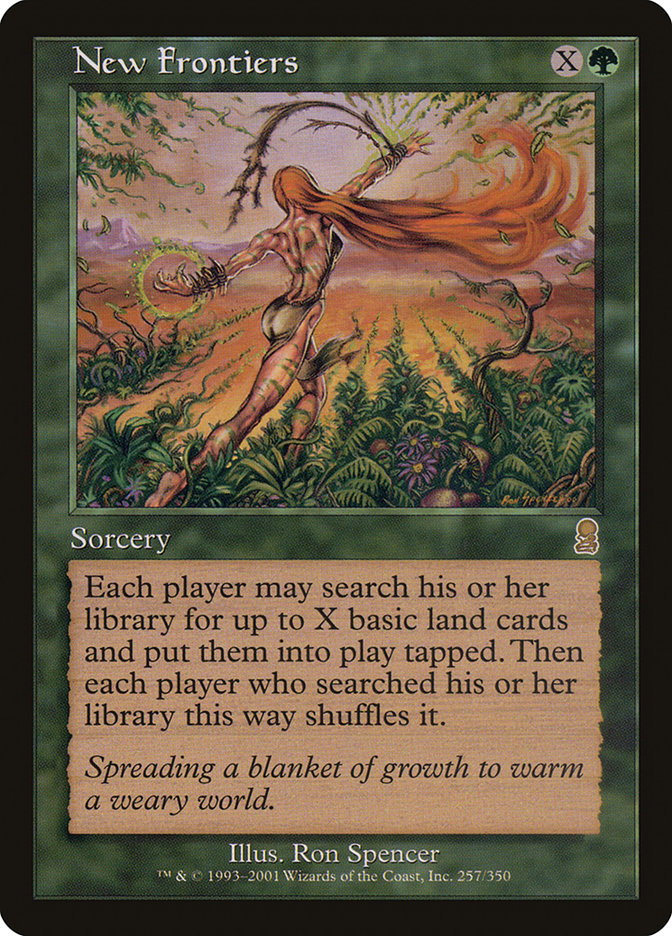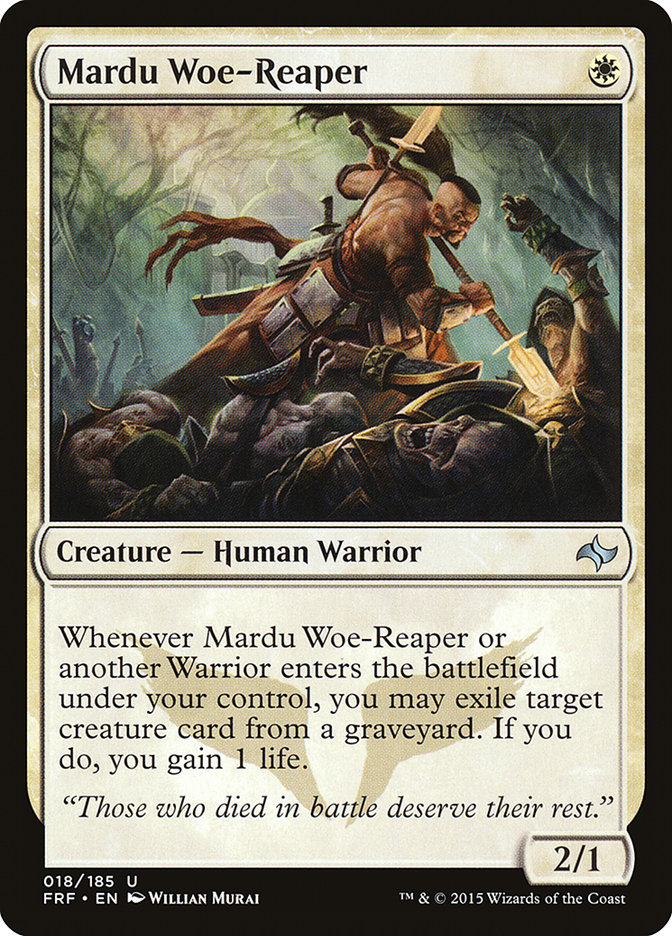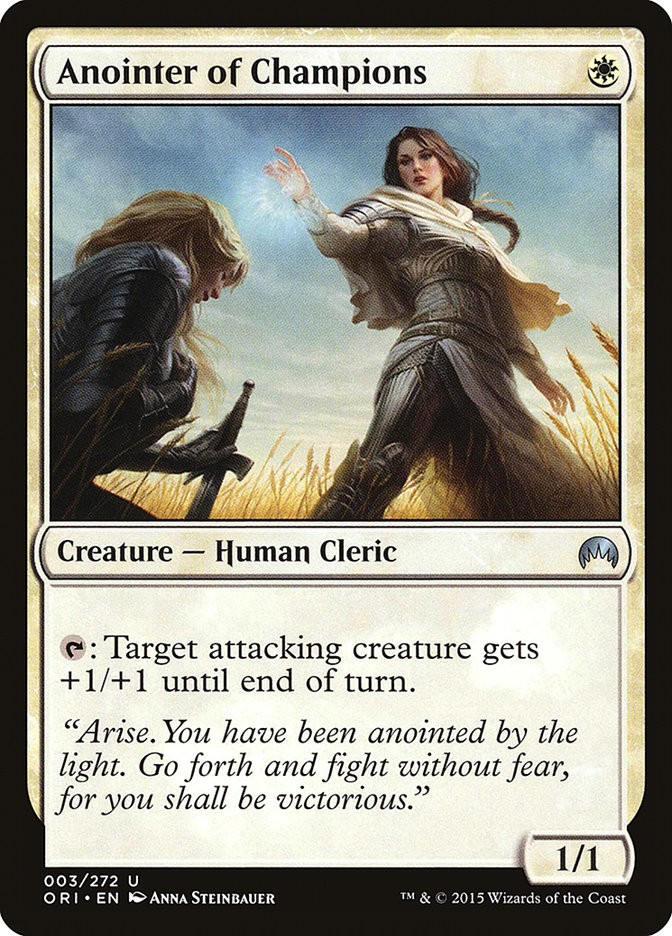Hope everyone had a Merry Christmas, Happy Hannukah, Festivus, or other celebration the holiday spirit brought you!
2017 is only a couple of days away and with it comes another year of Magic: The Gathering for me and likely those reading now. Will Aether Revolt revitalize Standard? Will Frontier become an established format? Will I actually qualify for the Pro Tour or shark up the SCG Tour Opens?
Whatever the New Year will bring, it’s good to go into it with some goals in mind, New Year resolutions that are easy enough to achieve with a touch of commitment.
The first is to broaden my range and deck selection.
I did a decent job of this in 2016. Still, most of my successful events were on the backs of aggressive decks with low curves. While it’s good to be a specialist in an archetype rather than a “jack of all trades, master of none,” certain metagame shifts can leave aggressive strategies in very poor spots.
This year I played G/W Tron, Dredge, and 8-Rack in Modern instead of sticking it out with Infect the whole time. Jacob Baugh stuck with Dredge. Brad Carpenter stuck with Infect. Both had successful years sticking to their guns. Joe Lossett won practically every tournament he played with Legacy Miracles.
I took me a while to learn Legacy Lands for the Players’ Championship, but I believe it was worth it, as I only lost to the mirror match. It’s not easy learning a new deck, but the field was rather right for it. Infect is weak against Grixis Delver, so I had to jump ship.
Joe Lossett built Miracles with the knowledge that there was a high chance that no other player would show up with Miracles. Not only is Miracles considered one of, if not the best deck in Legacy, he was able to tune his deck without the mirror match being an issue.
It sure would’ve been something if I would have showed up with Miracles. If only I had some more practice with the best deck…
I need to play the best deck more often.
I generally avoid the “fair decks” full of a format’s best cards. Modern Jund (and most historic examples of Jund, for that matter) is known for using the good cards to beat whatever the format cooks up. In any given tournament, you’ll face these fair decks in upwards of half of your rounds. They have a fighting chance against most anything while having few good and bad matchups. Magic is fun when Magic is actually played, which is what makes the decks so popular and appealing.
I do believe that Modern is a format where you want to be doing the most degenerate thing that people aren’t prepared for. However, most of these unfair decks are wildly different from one another and typically have a short lifespan on their playability.
I’ve done hardly any playing at all with any form of stock, fair deck in any format. While you can’t break a format by doing normal stuff with the obvious good cards, there is still a lot to learn by going with the flow, at least for a little while.
Resolution: Play the best deck more often.
I want to get more hands-on experience with cards like Chord of Calling, Eldritch Evolution, Knight of the Reliquary, and Ranger of Eos.
Jeff Hoogland had great success in 2016 with Kiki Chord, which is basically his most common iteration of the “creature toolbox” archetype that he’s mastered in Modern. He was able to seamlessly move with and without Eldritch Evolution and with various silver bullets and even combo methods from Kiki-Jiki, Mirror Breaker and Restoration Angel to Archangel of Thune and Spike Feeder. Jeff was then able to use his toolbox archetype expertise for his build of Aluren that he used during the Legacy portion of the Players’ Championship
Back when Birthing Pod was legal and one of the best decks, many pilots were intricately aware of all toolbox possibilities and kept a vigilant eye on new sets for possible upgrades to the toolbox selection. Without a prominent toolbox deck in Modern now, people are less informed on what these decks are capable of.
Resolution: Practice and keep up with toolbox decks. Maybe even develop one.
I learned how to play Magic some 22-odd years ago. I played my lands in front of my creatures and with my deck of 200 on my left, vertical to the rest of my cards.
I don’t do all of those still, but deck positioning is one I haven’t gotten around to breaking the habit of. I suppose, of bad habits to make a resolution to break, this has to be one of the tamest.
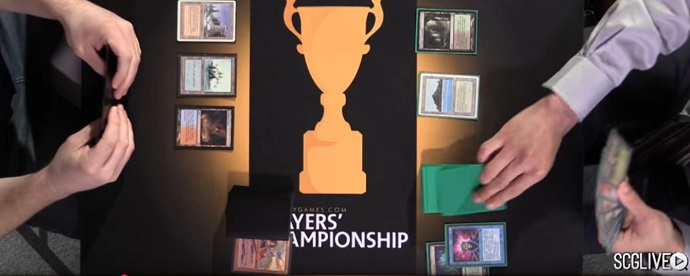
I’m right-handed. With a library on my left side, I have to cross over my body to draw a card. This is an unnecessary distance to move and makes me either place my hand of cards down or to move my left hand to make room for my right to cross over. The same issue comes up while placing cards in the graveyard or to exile as well.
My library placement has been the same since 1994. The only time I didn’t was playing Dredge earlier this year, when I made a conscious decision to place my library and graveyard in spots where dredging was quick and easy and had all cards in my graveyard visible. It wasn’t easy to get used to and took several hundred reps of solitaire to not feel completely awkward.
Resolution: Play with my library on my right side.
As Todd Stevens pointed out in his article this week on Frontier, now is quite the “off-season” for Magic events. There are few big events held due to the holidays and spoiler season isn’t in full enough swing to start brewing new decks with the new set.
Frontier is a player-made, non-rotating format starting with Magic 2015 onward. Magic 2015 was chosen for its new, and easily identifiable card frame that cards printed since all use. Sadly, this doesn’t include Theros block, which had one of my favorite aggressive decks of all time in W/U Heroic.
Khans of Tarkir did open up some options to another standby favorite of mine: Mono-White Humans. Basically the fetchlands offer up easy enough mana where I’m comfortable splashing another color.
Creatures (32)
- 4 Knight of the White Orchid
- 3 Dauntless River Marshal
- 4 Mardu Woe-Reaper
- 4 Dragon Hunter
- 3 Kytheon, Hero of Akros
- 2 Anointer of Champions
- 4 Thraben Inspector
- 4 Thalia's Lieutenant
- 4 Town Gossipmonger
Lands (19)
Spells (9)
Sideboard

I’ve never much liked splashing in Humans, but since we have the fetchlands now, the possibilities are more appealing. Dauntless River Marshal is castable and can be turned on for its +1/+1 whenever you get around to it, so I’m comfortable adding it to the deck without much concern for mana consistencies clogging up an otherwise smooth aggressive curve.
The activated ability of Dauntless River Marshal is exactly what Humans was looking for: removal that doesn’t take a deck slot. If I could, I would chose to draw Declaration in Stone for my third or fourth draw step of every game, after I’d played out my curve of creatures already. Now, for three generic and a blue mana, Humans is able to tap down the most troublesome creature. It’s also nice to tap one creature at the end of your opponent’s turn and then another on your turn, enabling key attacks or simply finishing off the last few points of life after your opponent thought they’d fully stabilized.
Mardu Woe-Reaper is an upgrade over Expedition Envoy, since there are no Ally synergies going on with Lantern Scout or the like. Its incidental graveyard interaction is of course a welcome addition in a format with Rally the Ancestors and multiple graveyard mechanics like delve and delirium. In multiples, they can do good work chewing away at creatures in graveyards with multiple triggers. The lifegain is nice too with the addition of fetchlands chipping away at your life total. Notably, Dragon Hunter is a Warrior as well to trigger Mardu Woe-Reaper.
There could try to go harder on Warriors with things like Seeker of the Way or Arashin Foremost, but I’d rather stick to the lower curve.
It’s unclear whether Gryff’s Boon and Anointer of Champions are simply holdouts from the old Mono-White Humans build or if they’re actually Frontier-worthy playables. Anointer of Champions got into the decklist by scraping the bottom of the barrel to meet the requisite number of one-drop creatures to transform Kytheon, Hero of Akros regularly. After a while, the little 1/1 proved its worth in combat and became a staple, but never in higher numbers than any 2/1 creatures. Frontier now has more 2/1s than I’m playing, which begs the question of whether I have the right number of them (or if I ever did?).
Gryff’s Boon was good for flying over the Bant Company decks and as a mana sink later in games. With Dauntless River Marshal, it’s entirely possible that Gryff’s Boon is outdated now. Still, I don’t want to wander too far off the beaten path just yet.
The sideboard has two semi-transformational plans going on. Abzan Falconer is awesome with Thalia’s Lieutenant to quickly go to the air. Of course, sometimes you don’t draw Thalia’s Lieutenant (and it’s not exactly the kind of card you need to “make better”), so Collective Effort also comes in as a way to kill Anafenza, the Foremost or Siege Rhino while giving your team +1/+1 counters. Ajani Steadfast was a consideration that barely didn’t make the cut.
The other strategy is to take a more “controlling” role with Negate, Treasure Cruise, and Gideon, Ally of Zendikar. Most opponents will sideboard in all of the creature removal they have against you. Negate can be used against opposing removal or to stop their gameplan, whether it’s Rally the Ancestors, Aetherworks Marvel, or Ugin, the Spirit Dragon. Treasure Cruise works nicely with Windswept Heath and Flooded Strand along with opposing removal spells killing your creatures to stock your graveyard for an easy draw-three. Gideon, Ally of Zendikar is a sticky threat that plays well against spot removal and especially against threat-light matchups.
Resolution: Find the best beatdown deck in Frontier.
Happy New Year and see y’all at #GPLouisville!


